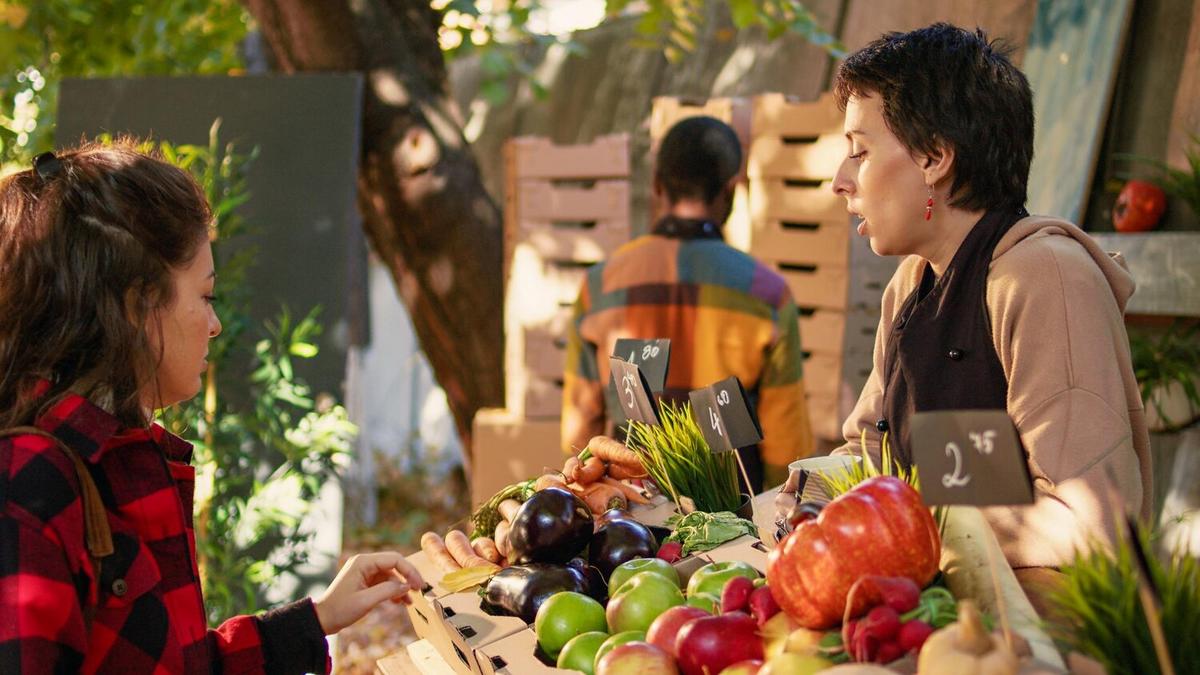
Waste Less, Enjoy More: Tips for Sustainable Cooking
Imagine turning your kitchen into a hub of sustainability where every meal you cook contributes to a healthier planet. Sustainable cooking is not just a trend—it’s a lifestyle choice that allows you to waste less and enjoy more. This guide explores how you can make the most of every ingredient while minimizing waste and maximizing flavor.
Understanding Sustainable Cooking
Sustainable cooking focuses on reducing waste, conserving resources, and making ethical food choices. According to the Food and Agriculture Organization, roughly one-third of the food produced globally for human consumption is lost or wasted. This staggering statistic highlights the importance of adopting sustainable practices in our kitchens.
Expert Insights
Chef Alice Waters, a pioneer in the sustainable food movement, emphasizes, ‘By choosing seasonal and locally-sourced ingredients, we not only support local farmers but also reduce the carbon footprint associated with long-distance food transportation.’
Practical Tips for Sustainable Cooking
- Plan your meals: Create a weekly meal plan to avoid overbuying and reduce food waste.
- Use all parts of the ingredient: Incorporate vegetable peels and scraps into stocks or compost them to enrich your garden soil.
- Store food properly: Keep fruits and vegetables fresh longer by storing them in the right conditions. Use airtight containers for dry goods.
- Embrace leftovers: Transform yesterday’s dinner into today’s lunch with creative recipes.
Personal Anecdote
Once, I found myself with a surplus of zucchini from my garden. Instead of letting them go to waste, I tried different recipes, from zucchini bread to grilled zucchini, and even pickling some for later use. This not only prevented waste but also introduced new flavors to my family meals.
Resources for Further Learning
Check out [Sustainable Table](https://www.sustainabletable.org) for more insights into sustainable food practices and [Love Food Hate Waste](https://www.lovefoodhatewaste.com) for practical tips on reducing food waste.
Comparison Table: Conventional vs. Sustainable Cooking
| Aspect | Conventional Cooking | Sustainable Cooking |
|---|---|---|
| Ingredient Sourcing | Global, non-seasonal | Local, seasonal |
| Food Waste | High | Minimal |
| Energy Use | High | Efficient |
| Environmental Impact | Significant | Reduced |
| Health Benefits | Varied | Enhanced |
| Cost | Potentially higher | Cost-effective over time |
| Community Support | Limited | Strong |
| Innovation | Traditional | Creative and innovative |
Pro Tip
Start a small herb garden in your kitchen. Fresh herbs add flavor to dishes and reduce the need for packaged seasonings, which often come with excess packaging.
FAQ
What are the benefits of sustainable cooking?
Sustainable cooking reduces environmental impact, supports local economies, and often results in healthier meals.
How can I start cooking sustainably?
Begin by planning meals, using local ingredients, and being mindful of portion sizes to reduce waste.
Is sustainable cooking more expensive?
While some sustainable ingredients may cost more upfront, the reduction in waste and health benefits can lead to savings over time.
Conclusion
By embracing sustainable cooking practices, we not only contribute to a healthier planet but also enrich our culinary experiences. Start small, be creative, and enjoy the journey towards a more sustainable kitchen. Let’s waste less and enjoy more, one meal at a time.


